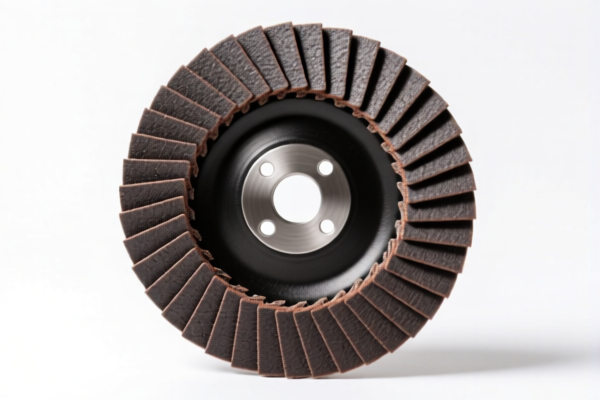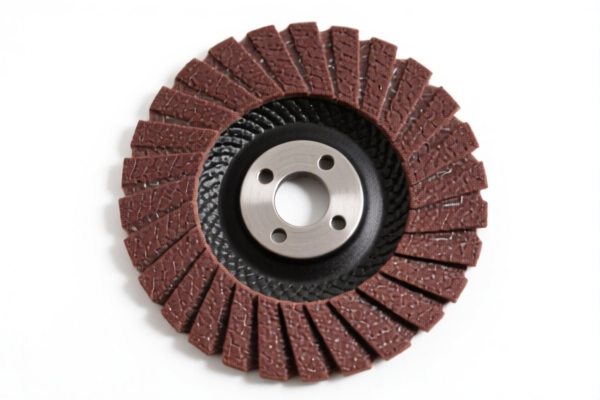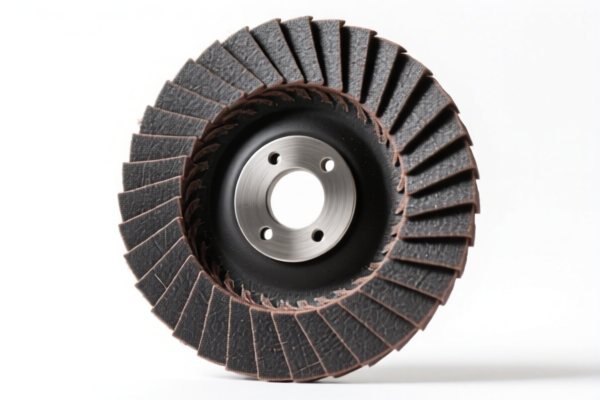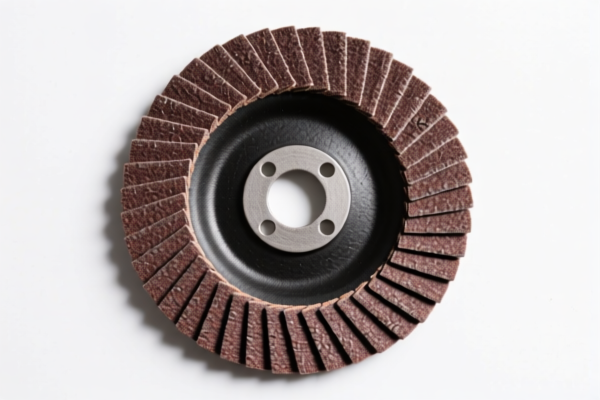| HS Code | Official Doc | Tariff Rate | Origin | Destination | Effective Date |
|---|---|---|---|---|---|
| 6804224000 | Doc | 55.0% | CN | US | 2025-05-12 |
| 6804226000 | Doc | 55.0% | CN | US | 2025-05-12 |
| 6813890050 | Doc | 55.0% | CN | US | 2025-05-12 |
| 6813890010 | Doc | 55.0% | CN | US | 2025-05-12 |
| 8205100000 | Doc | 61.2% | CN | US | 2025-05-12 |
| 8205595560 | Doc | 60.3% | CN | US | 2025-05-12 |
| 8207904500 | Doc | 34.8% | CN | US | 2025-05-12 |
| 8207907545 | Doc | 33.7% | CN | US | 2025-05-12 |




Grinding Disk
A grinding disk, also known as a cutoff wheel or abrasive disc, is a consumable tool used for cutting, grinding, and polishing materials, typically with a power tool like an angle grinder. It is a circular blade constructed from abrasive particles bonded together by a matrix material.
Material
Grinding disks are composed of an abrasive material and a bonding agent. Common abrasive materials include:
- Aluminum Oxide: The most common abrasive, suitable for ferrous metals (steel, iron) and some non-ferrous metals. Offers good durability and cost-effectiveness.
- Silicon Carbide: Harder and more brittle than aluminum oxide, used for cutting non-ferrous metals, stone, glass, and other brittle materials.
- Zirconia Alumina: Provides a high cut rate and long life, often used for heavy-duty grinding and cutting of steel and stainless steel.
- Ceramic: Offers exceptional durability and cut rate, ideal for demanding applications like stainless steel, high alloy steels, and hard materials.
The bonding agent holds the abrasive particles together and determines the disk’s strength and cutting properties. Common bonding agents include:
- Resinoid: Most common for bonded abrasive disks, offering good strength and flexibility.
- Vitrified: Used for heavier-duty applications requiring high precision and rigidity.
- Rubber: Used for specialized applications like flap disks, providing flexibility and conformability.
Purpose
The primary purposes of grinding disks are:
- Cutting: Slicing through materials like metal, concrete, tile, and stone.
- Grinding: Removing material to smooth surfaces, remove weld beads, or shape objects.
- Deburring: Removing sharp edges or burrs from metal parts.
- Polishing: Creating a smooth, reflective finish on surfaces.
Function
Grinding disks function through the abrasive action of the particles embedded within the disk. As the disk rotates at high speed, the abrasive particles impact the workpiece, causing material removal. The speed of material removal depends on the abrasive material, the disk's grit size, the power of the tool, and the pressure applied.
Usage Scenarios
- Construction: Cutting and grinding concrete, brick, and tile.
- Metalworking: Cutting and grinding steel, stainless steel, and other metals.
- Automotive: Cutting and grinding body panels, removing rust, and preparing surfaces for welding.
- Plumbing & Electrical: Cutting pipes and conduit.
- DIY & Home Improvement: Various cutting and grinding tasks around the house.
Common Types
- Type 1 (Straight Wheel): Reinforced on both sides, used for general cutting and grinding.
- Type 27 (Depressed Center Wheel): Has a raised center for mounting on angle grinders. Most common type for angle grinders.
- Cut-Off Wheels: Thin wheels designed specifically for cutting.
- Grinding Wheels: Thicker wheels designed for heavy-duty grinding.
- Flap Discs: Overlapping abrasive flaps bonded to a backing plate, providing a flexible grinding and finishing solution.
- Diamond Blades: Contain industrial diamonds for cutting extremely hard materials like concrete, stone, and tile.
- Wire Wheels: Used for removing rust, paint, and scale.
The declared goods are grinding disks, which are abrasive tools used for material removal, sharpening, polishing, or cutting. They can be composed of natural stone, agglomerated abrasives, ceramics, or other materials. Their application scenarios include industrial processing, construction, and DIY projects.
The following HS codes are relevant based on the provided reference material:
- 6804224000: This HS code falls under Chapter 68, which covers articles of stone, plaster, cement, asbestos, mica or similar materials. Specifically, it covers millstones, grindstones, grinding wheels, and similar items without frameworks for grinding, sharpening, polishing, etc., made of other agglomerated abrasives or ceramics. The '4000' subheading indicates abrasive wheels. The basic tariff is 0.0%, with an additional tariff of 25.0% and 30% after April 2, 2025, resulting in a total tariff of 55.0%.
- 6804226000: Similar to the above, this HS code also falls under Chapter 68, covering millstones, grindstones, grinding wheels, and similar items without frameworks. However, this subheading specifies "Other" for millstones, grindstones, grinding wheels, and the like, made of other agglomerated abrasives or ceramics. The '6000' subheading indicates "Other". The basic tariff is 0.0%, with an additional tariff of 25.0% and 30% after April 2, 2025, resulting in a total tariff of 55.0%.
- 8205100000: This HS code is under Chapter 82, covering handtools. Specifically, it covers handtools not elsewhere specified or included, including hand- or pedal-operated grinding wheels with frameworks. The '1000' subheading indicates drilling, threading or tapping tools, and parts thereof. The basic tariff is 6.2%, with an additional tariff of 25.0% and 30% after April 2, 2025, resulting in a total tariff of 61.2%.
Regarding these HS codes, it is important to determine whether the grinding disk has a framework. If it does not have a framework, HS codes 6804224000 or 6804226000 would be applicable. If it has a framework, HS code 8205100000 would be more appropriate.
Customer Reviews
No reviews yet.